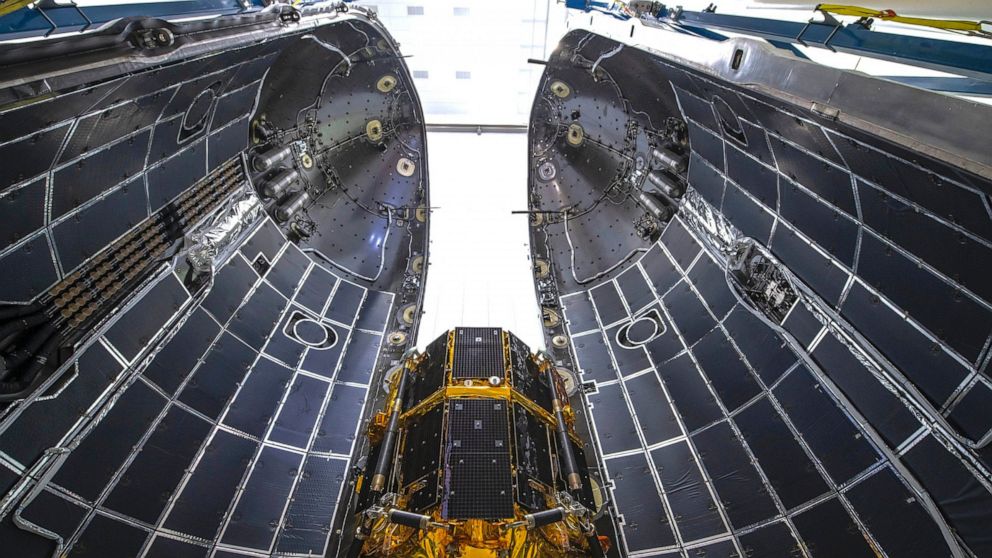CAPE CANAVERAL, Fla. — A Tokyo company aimed for the moon with its own private lander Sunday, blasting off atop a SpaceX rocket with the United Arab Emirates’ first lunar rover and a toylike robot from Japan that’s designed to roll around up there in the gray dust.
It will take nearly five months for the lander and its experiments to reach the moon.
The company ispace designed its craft to use minimal fuel, to save money and leave more room for cargo. So it’s taking a slow, low-energy path to the moon, flying 1 million miles (1.6 million kilometers) from Earth before looping back and intersecting with the moon by the end of April.
By contrast, NASA’s Orion crew capsule with test dummies took five days to reach the moon last month. The lunar flyby mission ends Sunday with a Pacific splashdown.
The ispace lander will aim for Atlas crater in the northeastern section of the moon’s near side, more than 50 miles (87 kilometers) across and just over 1 mile (2 kilometers) deep. With its four legs extended, the lander is more than 7 feet (2.3 meters) tall.
With a science satellite already around Mars, the UAE wants to explore the moon, too. Its rover, named Rashid after Dubai’s royal family, weighs just 22 pounds (10 kilograms) and will operate on the surface for about 10 days, like everything else on the mission.
In addition, the lander is carrying an orange-sized sphere from the Japanese Space Agency that will transform into a wheeled robot on the moon. Also flying: a solid state battery from a Japanese-based spark plug company; an Ottawa, Ontario, company’s flight computer with artificial intelligence for identifying geologic features seen by the UAE rover; and 360-degree cameras from a Toronto-area company.
Hitching a ride on the rocket is a small NASA laser experiment that will fly to the moon on its own to hunt for ice in the permanently shadowed craters of the lunar south pole.
The ispace mission is called Hakuto, Japanese for white rabbit. In Asian folklore, a white rabbit is said to live on the moon. A second lunar landing by the private company is planned for 2024 and a third in 2025.
Founded in 2010, ispace was among the finalists in the Google Lunar XPRIZE competition requiring a successful landing on the moon by 2018. The lunar rover built by ispace never launched.
Another finalist, an Israeli nonprofit called SpaceIL, managed to reach the moon in 2019. But instead of landing gently, the spacecraft Beresheet slammed…
Click Here to Read the Full Original Article at ABC News: Business…

